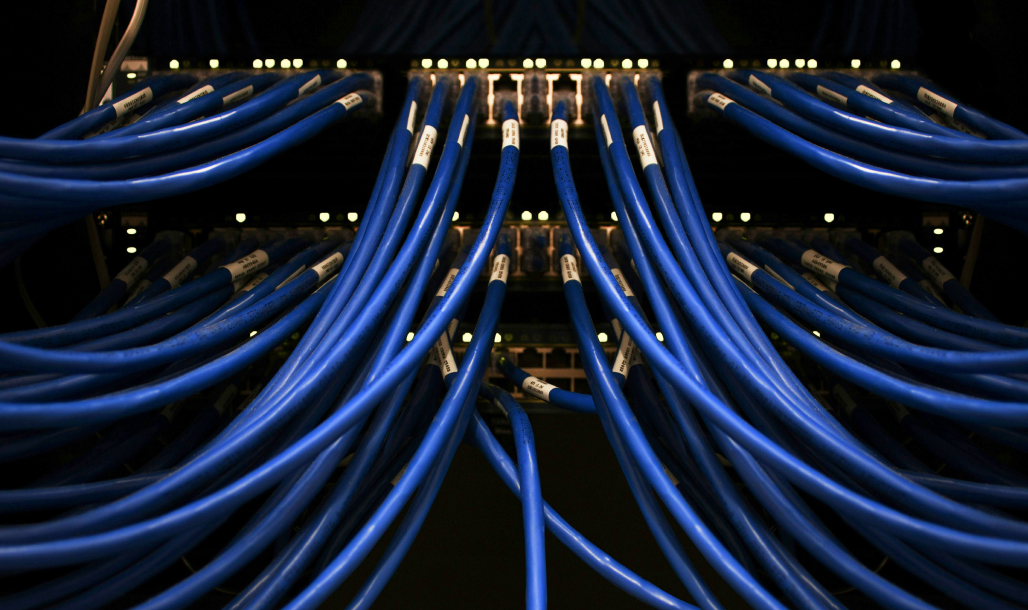In an ever-connected world business depend more than ever before on a a speedy secure, reliable and scalable networks. The buzz around internet speeds and cloud applications is often masked by the meticulously designed cable system that powers the entire network.

Image credit: gokaravan.com
No matter if you are a startup company or a big corporation the proper structured cable is required.
What exactly is Structured Cable, Really?
Think of structured cabling as the physical skeleton of your IT infrastructure. It’s the standard method to organize cables and hardware so that computers, phones servers, servers, and security systems all can communicate and connect. Structured cabling is logical and tidy. It can adapt to changing technologies.
It’s important to plan your cabling infrastructure carefully in order to be able to support the entire range of operations you have which include multimedia, data, voice and various other technologies. It’s modular. This means that you can expand, relocate or modify the systems with little disruption. It’s also flexible, ready to grow with your business.
Why Structured Cabling Services Matter
Structured cabling isn’t a one-size-fits-all solution. Each building, each industry, and each type of business has its own specifications for performance. It is important to partner with a company that is specialized in structured cabling is vital.
Experts will evaluate your current infrastructure, future needs, and physical layout in order to design an individual design. Common services include backbone and horizontal cable installation patches, patch panels, as well as distribution frames. Each cable is also tested for quality assurance.
Karavan Technology offers structured cabling solutions for the US and Canada that are designed to meet the requirements of both simple and complicated environments. The company offers solutions that range from Cat5E cabling up to high-frequency Cat7 cables capable operating at 1200 MHz.
Installing Structured Cabling
One of the biggest myths is that structured cabling installation can be disruptive. A knowledgeable team can install efficiently and quickly without disrupting the daily routine.
What is a typical installation?
1. Assessment and Design: Engineers evaluate the space, determine cable routes, and draw out all the ends.
2. Installation: The cables are placed cleanly and marked.
3. Testing and Certification: Every connection is tested for quality of signal and then certified for performance standards.
4. Documentation: A detailed map of your cabling system is provided to help you troubleshoot or upgrade your system in the future.
The final product is a system that’s ready to connect and play. It will be there for a long time.
Future-Proofing Structured Cabling Systems
The technology is constantly evolving and your infrastructure needs to also. A structured cabling solution that is properly implemented offers future-proofing benefits that make it easier to upgrade or expand without having to start all over again. It is possible to incorporate new workstations, devices, or servers without requiring an entire overhaul.
Plus, with data demands increasing, particularly with cloud computing and video conferencing, having a strong base can prevent bottlenecks and guarantee continuous performance. There’s no need to worry about latency, signal loss, or costly downtime due to outdated wiring.
Final Thoughts
Structured cabling is away from sight, but it should never be out of mind. It is the basis of an effective, future-proofed network that will support the entire operation. Structured cabling and structured services by experts will not only help you improve your performance as well as lay the groundwork for success in the future.
You’ll never regret investing in structured cabling whether you’re planning to start the doors of a new location or upgrade your current system.
